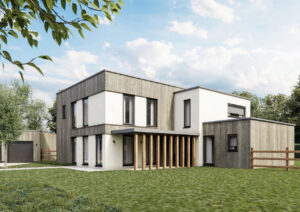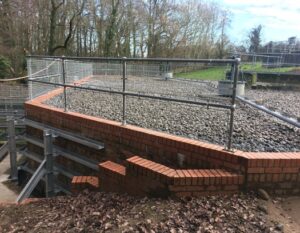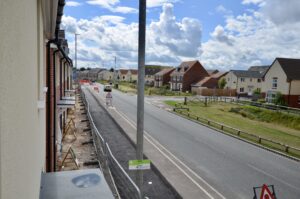Case Study – Vowchurch – Water
AHU Refurbishment
Area: Herefordshire Client: Welsh Water, Vowchurch Abstraction Borehole
DCWW’s Vowchurch Works is located south of the village of Vowchurch in the County of Herefordshire. Vowchurch PWS abstraction consists of 4 wells, constructed between 1981 & 1983, in a confined glacial gravel aquifer adjacent to the River Dore.
Only 3 wells have been operational since 1988, of which only two are considered fully reliable with one out of production and already decommissioned. All of the wells are in a poor condition and it is considered that there is significant risk of supplying water that would constitute a risk to human health. A new borehole has recently been drilled and tested on site.
There are 4 boreholes numbered 1 to 4. Currently only 1 and 4 supply the Works. Borehole No.1 is located at the rear of the Treatment Works. Immediately past the works is a disused railway line that has been converted into a track, which crosses the lane leading to the Works. Borehole Nos. 2, 3 and 4 are in line alongside the track located to the left. Water abstracted from the boreholes passes through UV treatment.
A valve house containing a diverter valve is located just over two miles from the Treatment Works (NGR: SO 388 359). This valve house is under control of Production staff and houses a diverter valve used to direct the Works flow to either of two reservoirs located at Brampton and Kingstone.
The new borehole (BH5) is located within an arable field at NGR: SO 36244 35999. The River Dore is located approximately 130m to the east of the borehole. It has been drilled as a direct like-for-like replacement for the existing non-operational asset BH2 (next to UV plant) which will now be decommissioned.
The new borehole is located within the superficial aquifer comprising glacial sand and gravel river terrace deposits of the River Dore within the base of the Golden Valley. Water levels are generally high within the aquifer and springs and seepages are common along geological boundaries. The aquifer is highly productive and responds very quickly to recharge events. Groundwater recharge occurs through many mechanisms. Primarily through the hydraulic connection to the River Dore as well as direct recharge from rainfall and from surface water runoff along the valley sides where infiltration is limited into the low permeability mudstone and siltstone of the Raglan Mudstone Formation. The works include construction, installation, testing & commissioning of the following:
- A borehole headworks chamber over the recently drilled new borehole (BH5), complete with access covers, access stairs and landscaping to minimise visual impact.
- A borehole pump in the new borehole, together with all pipework and mechanical and electrical plant & equipment required within the borehole headworks chamber;
- A new rising main to connect the new borehole to existing pipework just upstream of the existing UV plant, including all fittings, air valves and washouts, ditch and stream crossings, and a connection for a possible future borehole connection;
- Two new culverts. One to provide access into the field where BH 5 is located which crosses a drain ditch and another to replace an existing bridge over an existing stream tributary of the River Dore;
- An access track to provide access to the new borehole location;
- Cutting and capping pipework to valve V009, including provision of an interception chamber, a discharge facility to the brook and a new valve;
- Decommissioning, backfilling and making good redundant borehole BH2;
- Provision of ducts and cabling 500m, and modifications to the existing MCC to enable power supply to the borehole headworks chamber from the existing treatment plant building;
- Software modifications to the existing control software to integrate the operation of the new borehole with the current control regime;
- All necessary temporary works as required in order to safely complete the above works;
- Provision of marker posts & signage, all required certificates and schedules, marked up As-Built drawings and Operation & Maintenance manuals.
Innovation Design/Construction Techniques/ Value Engineering
The original design for the rising main was for a traditional open cut excavation with crossings of 2No streams using trench sheets and over pumping. Northavon undertook trial holes along the 500m length of the rising main and established that the rising main could be bored thus saving time and money over traditional methods.
Once we were given approval to commence the works it was discovered that the new borehole chamber base was to be constructed below the water table by some 1.00m in depth. This information was taken to ARUP’s and it was agreed to modify ARUP’s drawings and lift the chamber by approximately 1.20m so that the excavation was undertaken above the water table.
The roadway constructed on the concrete culvert only had earth filled bags at the edge of the culverts to stop traffic going over the edge. Northavon queried this and suggested a small concrete retaining wall be constructed so that the earth filled bags had substantial edge supports to ensure the roadway didn’t slide.
To enable the construction of the borehole chamber which is situated in the middle of a grass field we had to cross the line of a High Pressure Gas Main with not only construction traffic but a 40T excavator carrying 10Tonne culvert sections. The reason for using the excavator as a crane was that a crane wouldn’t travel over the field. Suitable strops and D links were purchased for the operation as well as the major risk assessment being carried out and a meeting with the gas board prior to the works proceeding. Ground mats and an earth ramp was placed over the High Pressure Gas Main to ensure it was adequately protected.
We had to be in a position to pump water through the new system by December 2017 as specified by the EA. The date was achieved.
Regular Project Progress Meetings were setup to provide updated programmes and discuss any risks and Early Warnings which were raised so the client was kept updated with any additional costs or risks to the programme during the project.
Programmes were constructed and managed using Microsoft Project and updated at least weekly and fed into the companies overall programme of works.
Please do not hesitate to get in touch and make an appointment to discuss your needs; whether for a one-off project or a fixed longer-term partnership. There are so many benefits that clients up and down the country are already tapping in to. We would be delighted to help you too.
Case Studies
AHU Refurbishment – MEICA Division
Area: Bristol
Client: South Bristol Community Hospital
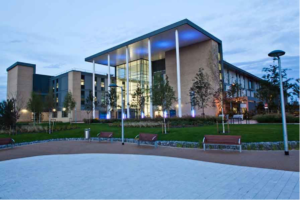
Attenuation tank works – Groundworks Division
Area: Great Somerford
Client: Backhouse Housing
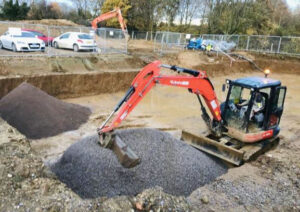
East Quay Sewerage Pumping Station Capital Maintenance Update
Area: Bridgwater
Client: Wessex Water
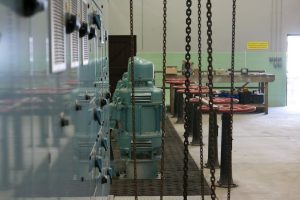
Water design, self-lay mains installation and service connections
Area: Eastleigh
Client: Diageo
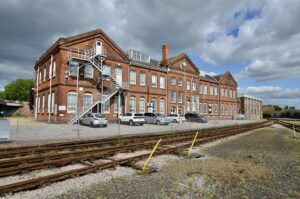
Water mains, plot connections and commissioning supply
Area: Southmoor, Oxfordshire
Client: Greencore
